Against the backdrop of an explosion, director Alexander Gordunovsky unveils a hidden theory of filmmaking, declaring:
“For me, cinema is fascination.”
From this premise, cinema — authentic and poetic — opens a space for thought shaped by intellectual and aesthetic harmonies. Experimentation, then, becomes one of the deepest forms of fascination, placing us at the very heart of cinema’s artistic inquiry.
It is from this visionary and poetic standpoint that the texts of this book emerge. Writing about cinema here — both thematically and lyrically — becomes a parallel reading of the language of film: not as criticism, but as a sensory encounter that redefines existence and reality.
This is not merely a book about cinema; rather, it moves as cinema does.
This mode of writing seeks to reveal the philosophy of art — its meaning and its philosophical essence. The camera, once silent, now thinks.
The narrative of cinema begins at the moment of the camera’s slow motion — the movement that measures reality itself.
A film such as Dziga Vertov’s The Man with a Movie Camera fuses the yearning of emotion with Don Quixote’s visual adventure and the radiance of beauty that conquers language. Likewise, Scarlett’s Winter Gulls and William Yang’s Thunder and Drum unfold within a darkness where the only light is the reflection of something absent.
Thus, the film remains a suspended form of writing — in constant contact with every image inscribed upon the wall of the screen: the wall of cinema, the wall of the image.
Such writing can only unveil its secret by descending into the depths of art — into the heart of cinematic thought.
This book, therefore, is not simply about cinema; it philosophizes through it — exploring the poetic reasoning and the immersive depths of the cinematic image.
In this sense, the questions of poetic cinema and its position within aesthetic-political philosophy converge into one truth:
these are films that think — cinema as the phenomenon of thought itself.

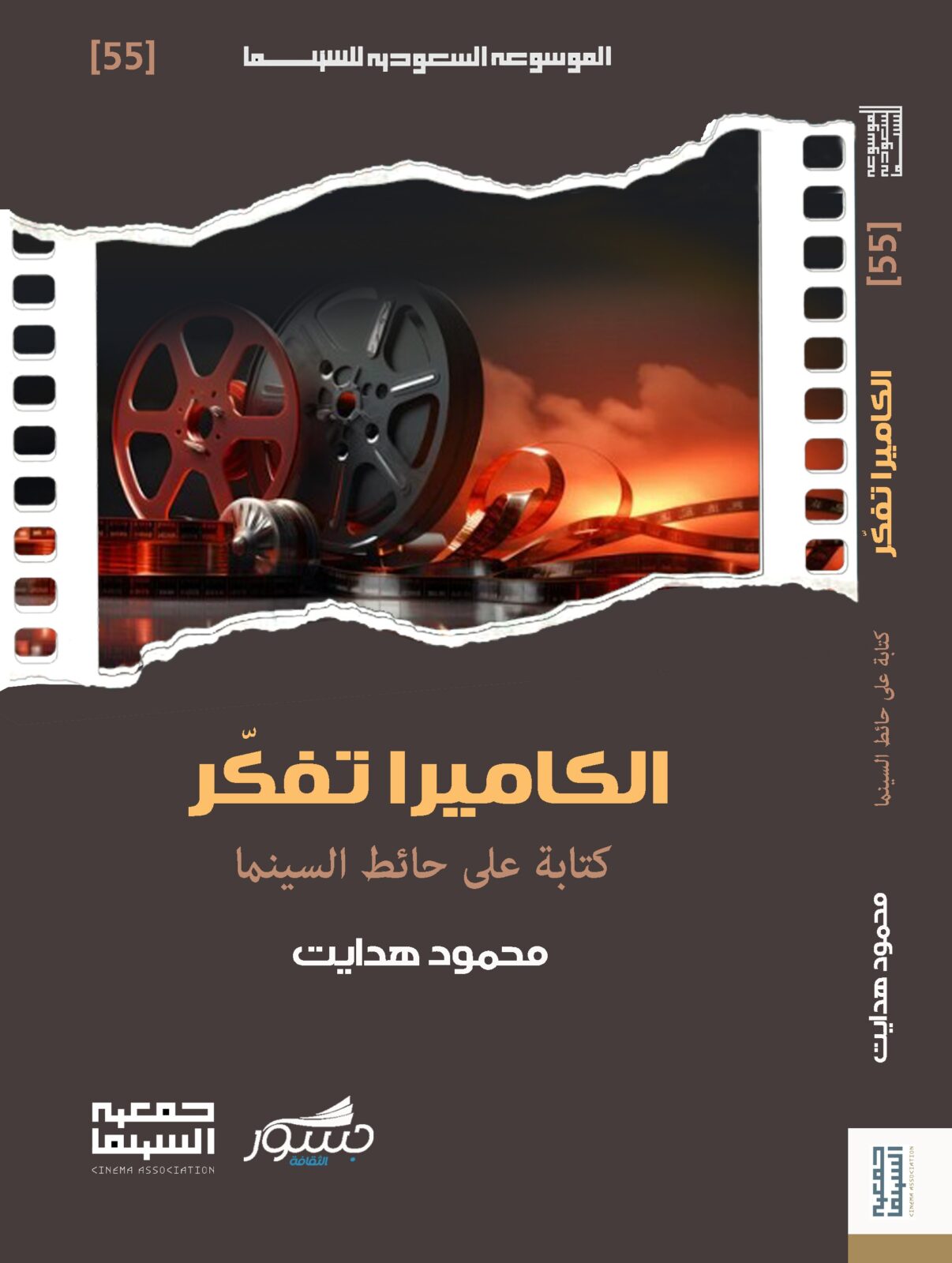
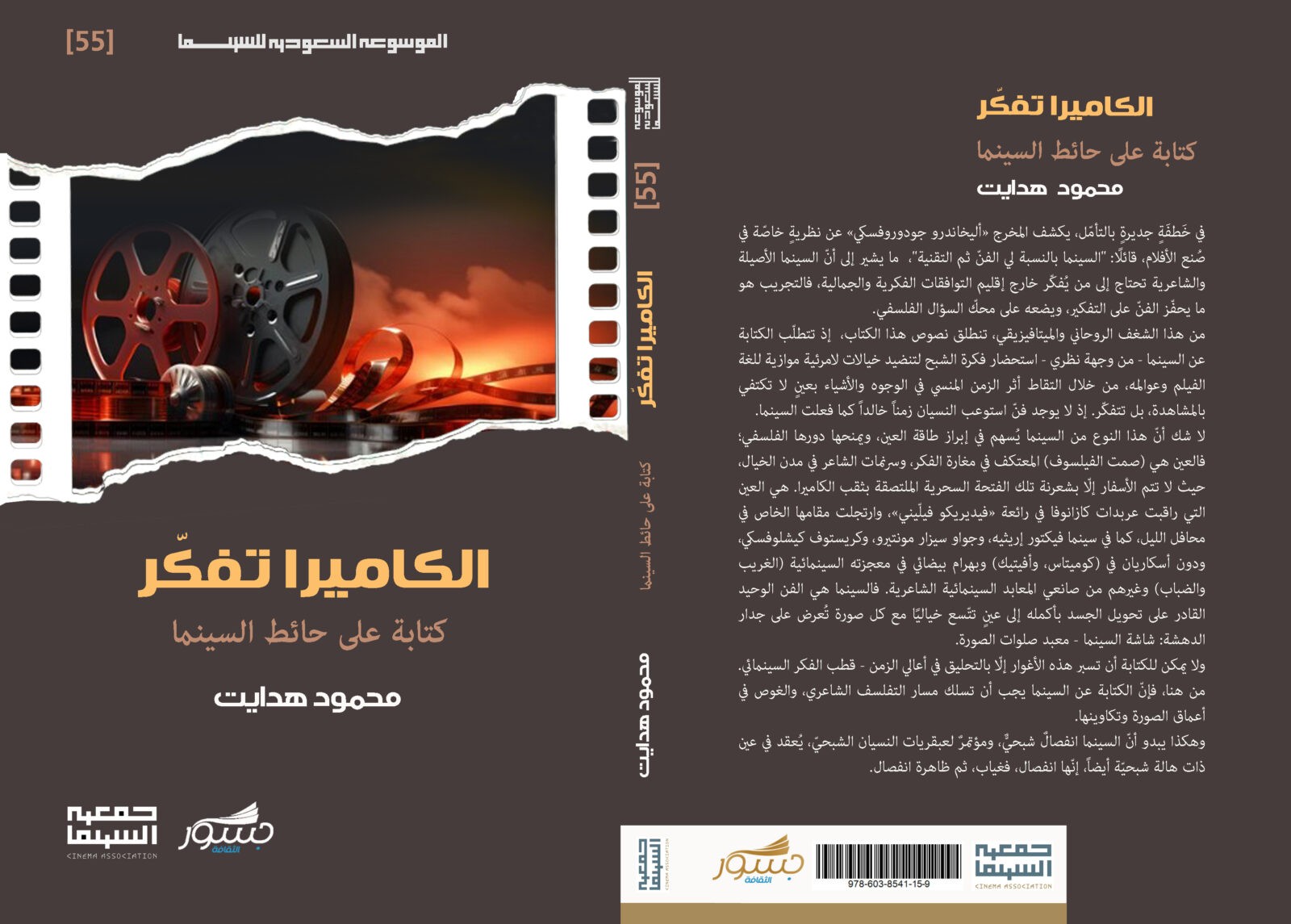

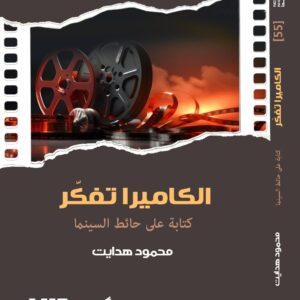
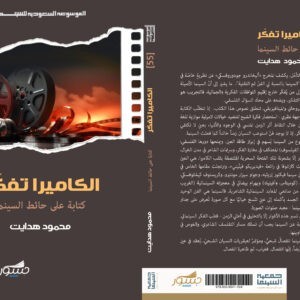
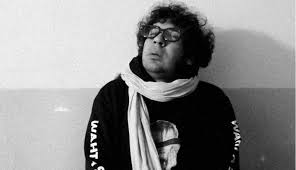
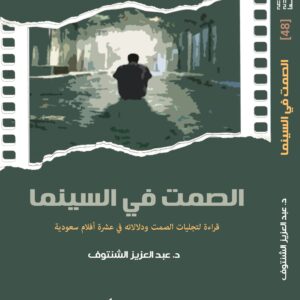
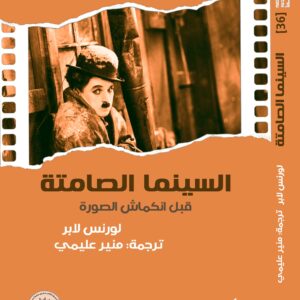
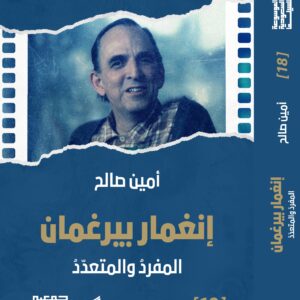

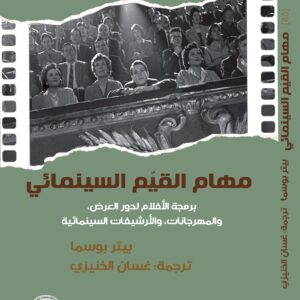
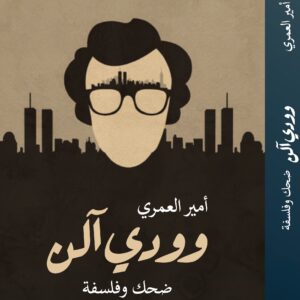
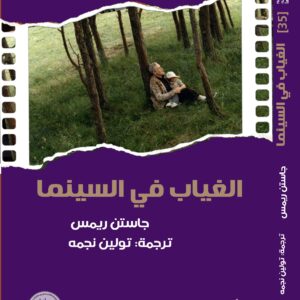


Reviews
There are no reviews yet.